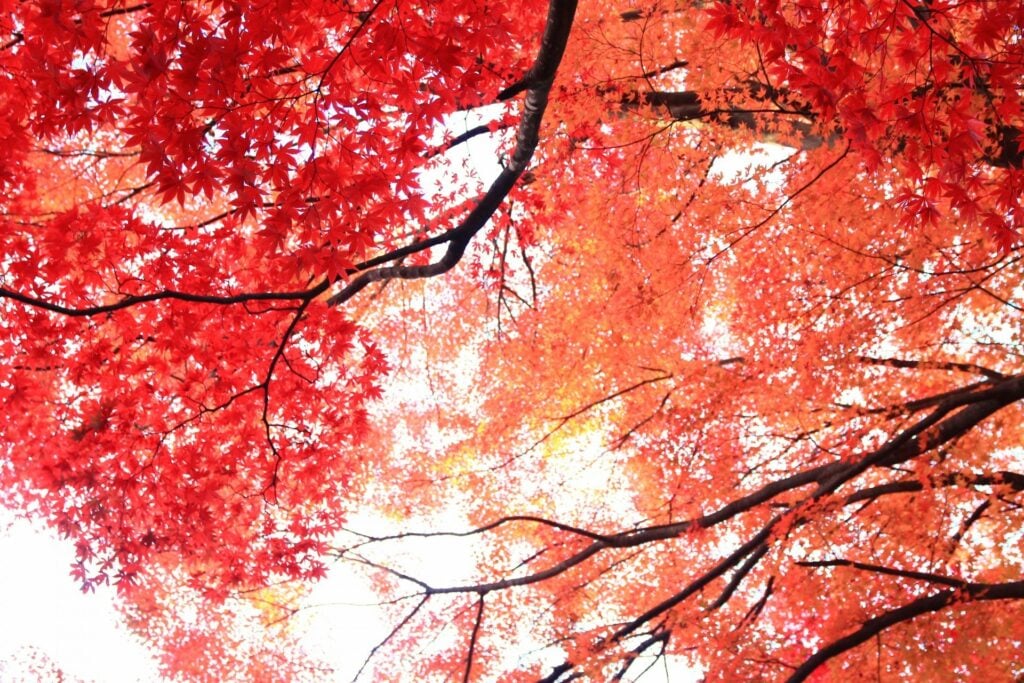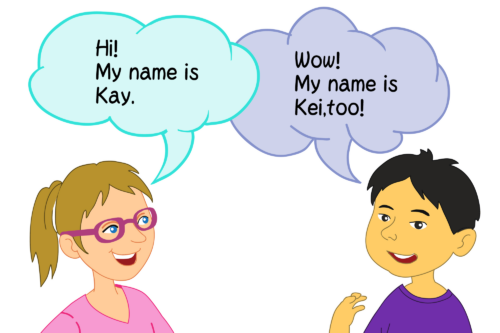Share on your favorite
Or copy the link
Below are navigation links that will take you to the main text and navigation menus.
26,551 first names, 70,620 last names, 333,585 kanji variations.
one of the best Japanese name search tools for your baby!

Following our previous article on summer-themed Japanese names, we now turn to autumn—a season many Japanese consider the most artistic and reflective time of year. In Japan, nature’s colors transform in breathtaking ways, while cultural events celebrate both the harvest and creative pursuits. As with the other seasons, these autumnal qualities inspire parents to choose names that capture the essence of fall.
Contents
In Japan’s traditional lunar-influenced calendar:
By modern Western standards, these dates may seem early or late. For instance, autumn can begin while August is still quite warm. Nevertheless, as soon as Risshu arrives, people begin to look for the subtle signs of seasonal change—cooler evenings, shifting foliage, and harvest preparations.
The hot and humid days of summer give way to clearer skies, crisp air, and a slower, more reflective pace. Meanwhile, seasonal foods—like sweet potatoes, chestnuts, and persimmons—abound, and many shrines and temples host autumn festivals celebrating nature’s bounty. From culinary delights to vibrant foliage, the fall season in Japan is often thought of as a time of abundance, introspection, and creativity.
Perhaps the most straightforward way to link a name to autumn is by including the kanji 秋 (aki). It commonly symbolizes harvest, plenty, and the beauty of the changing leaves.

Japan has a saying for almost everything, and “芸術の秋 (Geijutsu no Aki)” literally means “Autumn for Art.” The mild temperatures make it ideal for creativity, whether that’s visiting art exhibitions, attending performances, or studying. November 3rd—Culture Day (文化の日)—celebrates the arts and academic achievements, often featuring special events, festivals, and award ceremonies.

One of Japan’s greatest autumn delights is kōyō (紅葉)—the turning of leaves to vivid reds, oranges, and yellows. The kanji 紅 (beni / kou) specifically refers to a deep crimson that has adorned traditional kimonos, textiles, and art for centuries. Crimson is closely linked to the fiery colors of autumn.
Momiji (椛 or 紅葉) and kaede (楓) both refer to maple species in Japan, whose leaves turn glorious shades of red, orange, and gold each autumn. Maple-viewing is a national pastime, much like cherry blossom-viewing in spring.
Autumn in Japan is not only about colorful leaves but also a time of bounty. Rice fields turn golden, fruits ripen, and people celebrate harvest festivals. Names that reference this abundance often use kanji like:
Autumn in Japan is a season of color, culture, and harvest, and these attributes come through vividly in Japanese names that incorporate kanji for fall foliage (秋, 紅, 楓, etc.) and abundance (穂, 実). Each name reflects not just the literal season but also a deeper symbolic resonance—evoking creativity, reflection, prosperity, and the joy of nature’s changes.
If you’re intrigued by how each season influences name choices in Japan, be sure to check out our final article in this series: Japanese names associated with winter. Winter brings its own unique aesthetics and kanji, completing the four-season cycle of Japan’s naming traditions. Enjoy exploring the rich tapestry of Japanese culture through the lens of autumn-inspired names!




Sort by: Most Kanji Variations
Sorts names by how many different kanji spellings they have. In general, names with more variants tend to be more familiar and widespread in Japan (with some exceptions).
Sort by: Most Viewed
Sorts names by page views on this site. Views reflect global traffic (including Japan), so this does not represent popularity among Japanese people only. A high view count does not necessarily mean the name is famous in Japan.
What is Hiragana?
Hiragana is one of the two Japanese syllabaries. Each character represents a sound (mora), not a meaning. It is used for native words, grammatical particles, verb/adjective endings (okurigana), and to show pronunciation above kanji (furigana). It developed from cursive forms of kanji.
What is Katakana?
Katakana is one of the two Japanese syllabaries. Each character represents a sound (mora), not a meaning. It is mainly used to write foreign words and names, loanwords, onomatopoeia, and for emphasis.
What are English Syllables?
A syllable is a unit of pronunciation in English — it’s the beat you hear when you say a word.
Here are a few quick examples:
cat = 1 syllable
ba-by = 2 syllables
beau-ti-ful = 3 syllables
On this site, English Syllables show how a name naturally breaks into sounds when spoken in English. This helps you understand how English speakers naturally say the name and where they pause between sounds.
What are Japanese Morae?
A mora (plural: morae, Japanese: 拍 Haku) is the basic unit of sound in Japanese — think of it as one rhythmic “beat” when speaking.
Here are a few quick examples:
あ (a) = 1 mora
あい (a-i) = 2 morae
きょう (kyo-u) = 2 morae
On this site, Japanese Morae show how many “beats” a name has in Japanese. Most Japanese names have about 2–4 morae, which affects how natural and rhythmic the name sounds to native speakers.
This helps you see how the name fits into the natural rhythm of Japanese speech.
What is English Transcription?
“English transcription” (romanization) is the romanized form of a Japanese name, intended to reproduce its pronunciation as closely as possible. It is also useful for searching names on this site.
Japanese-Style Nicknames
In Japan, nicknames are used to express familiarity and affection. Typical features include:
Shortened forms: Names are often shortened for closeness, e.g., “Yuki” from “Yukiko” or “Taka” from “Takashi”.
Suffixes: Terms like “-chan” (often for girls, also for young children) and “-kun” (often for boys) are used among family and close friends. Among very close adults, “-chan” may still be used. More details
Use & context: Nicknames are informal—common among friends, family, or close colleagues—and are not suitable for formal or professional settings. Their use implies a certain degree of intimacy.
Long vowels: The long vowel mark “chōonpu” (ー) extends the preceding vowel. For example, “あーちゃん” (A-chan) lengthens the “あ” sound.
Households
Sorts surnames by the estimated number of Japanese households that use them. More households generally indicates a more common or well-known surname.
About our last-name data
